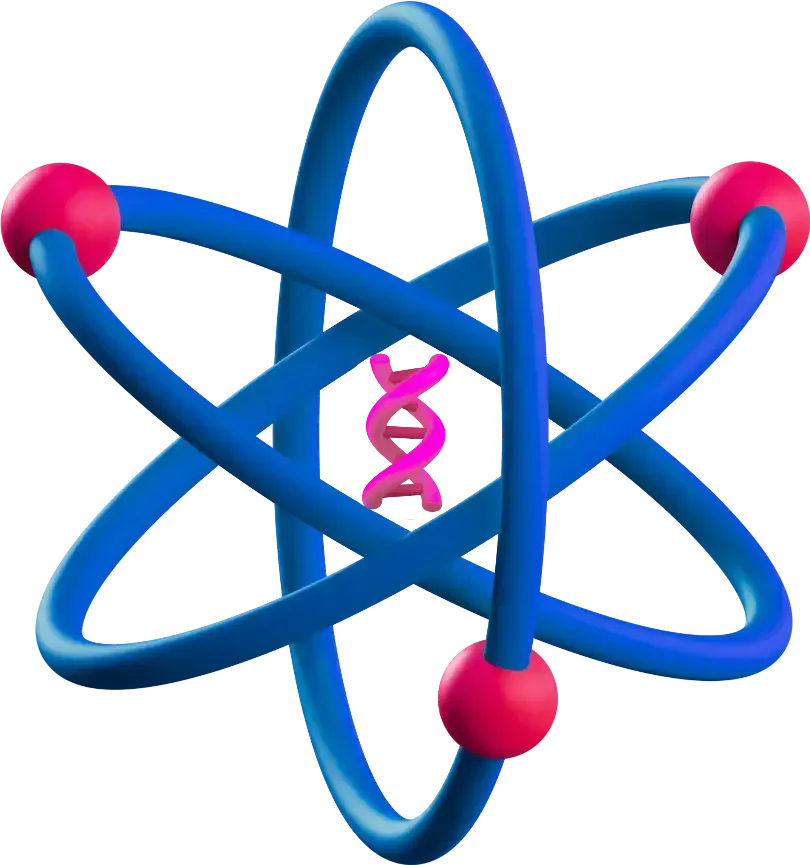Edexcel IAL Chemistry Topic 8C Checklist
specification
(2025–2026 Exams)
Topic 8: Redox Chemistry and Groups 1, 2 and 7
8C: Inorganic Chemistry of Group 7 (limited to chlorine, bromine and iodine)
Understand reasons for the trends for Group 7 elements
in:
– Melting and boiling temperatures and physical state at room temperature
– Electronegativity
– Reactivity down the group
– Melting and boiling temperatures and physical state at room temperature
– Electronegativity
– Reactivity down the group
Understand the trend in reactivity
of Group 7 elements in terms of the redox reactions
of Cl 2
, Br 2
and I 2
with halide ions in aqueous solution
(Students are expected to know the colours of the elements in standard conditions, in aqueous solution and in a non-polar organic solvent.)
(Students are expected to know the colours of the elements in standard conditions, in aqueous solution and in a non-polar organic solvent.)
Understand, in terms of changes in oxidation number
, the following reactions of the halogens:
– Oxidation reactions with Group 1 and 2 metals
– The disproportionation reaction of chlorine with water and the use of chlorine in water treatment
– The disproportionation reaction of chlorine with cold, dilute aqueous sodium hydroxide to form bleach
– The disproportionation reaction of chlorine with hot alkali
– Reactions analogous to those specified above
– Oxidation reactions with Group 1 and 2 metals
– The disproportionation reaction of chlorine with water and the use of chlorine in water treatment
– The disproportionation reaction of chlorine with cold, dilute aqueous sodium hydroxide to form bleach
– The disproportionation reaction of chlorine with hot alkali
– Reactions analogous to those specified above
Understand the following reactions:
– Solid Group 1 halides with concentrated sulfuric acid, to illustrate the trend in reducing ability of the hydrogen halides
– Precipitation reactions of the aqueous anions Cl - , Br - and I - with aqueous silver nitrate solution and nitric acid, and the solubility of the precipitates in aqueous ammonia solution
– Hydrogen halides with ammonia gas (to produce ammonium halides) and with water (to produce acids)
– Solid Group 1 halides with concentrated sulfuric acid, to illustrate the trend in reducing ability of the hydrogen halides
– Precipitation reactions of the aqueous anions Cl - , Br - and I - with aqueous silver nitrate solution and nitric acid, and the solubility of the precipitates in aqueous ammonia solution
– Hydrogen halides with ammonia gas (to produce ammonium halides) and with water (to produce acids)
Be able to make predictions about fluorine
and astatine
and their compounds, in terms of knowledge of trends in halogen chemistry
Further suggested practicals:
– Reaction of solid potassium halides with concentrated sulfuric acid
– Precipitation reaction for halides and other anions
– Reaction of solid potassium halides with concentrated sulfuric acid
– Precipitation reaction for halides and other anions

